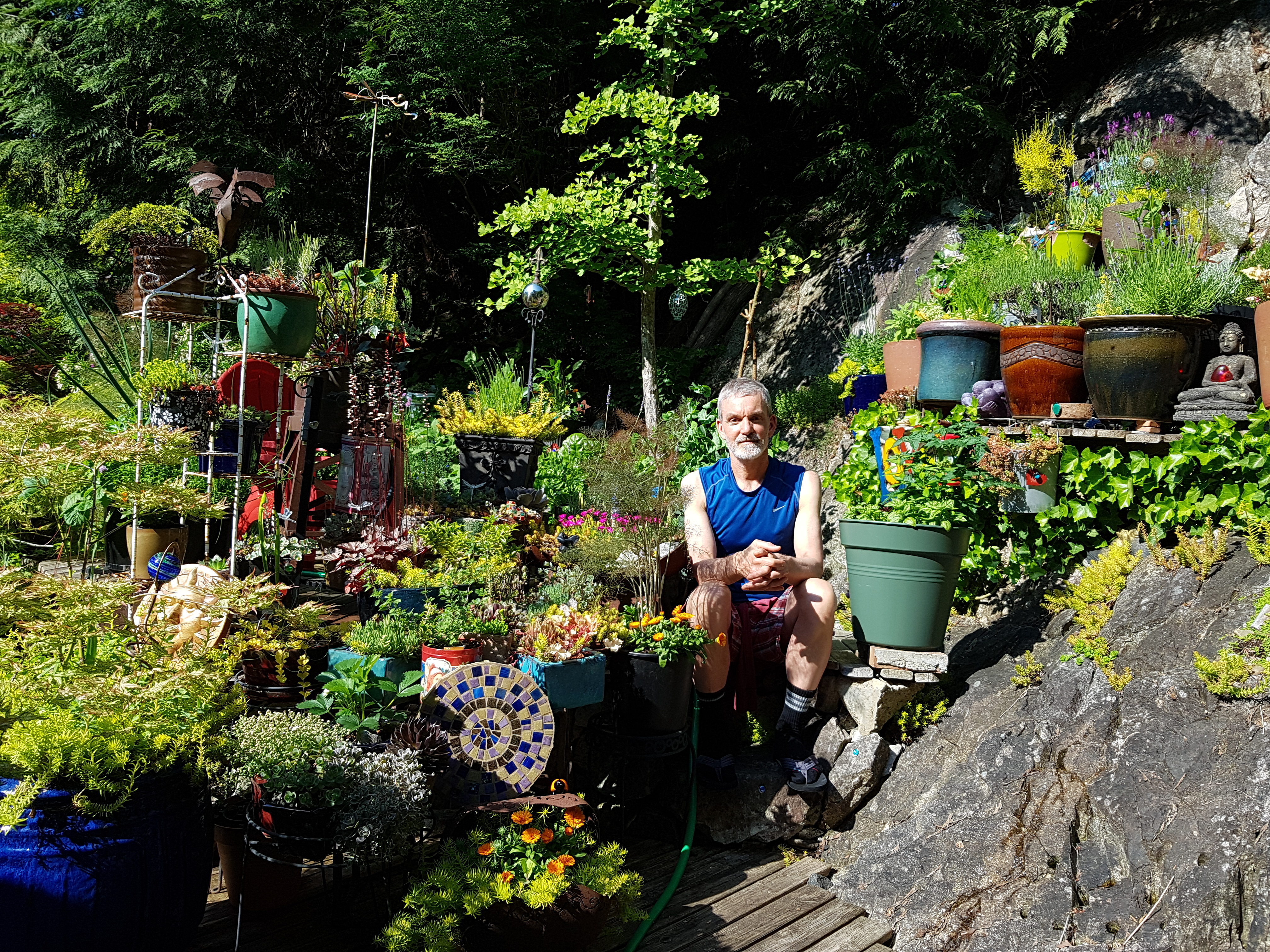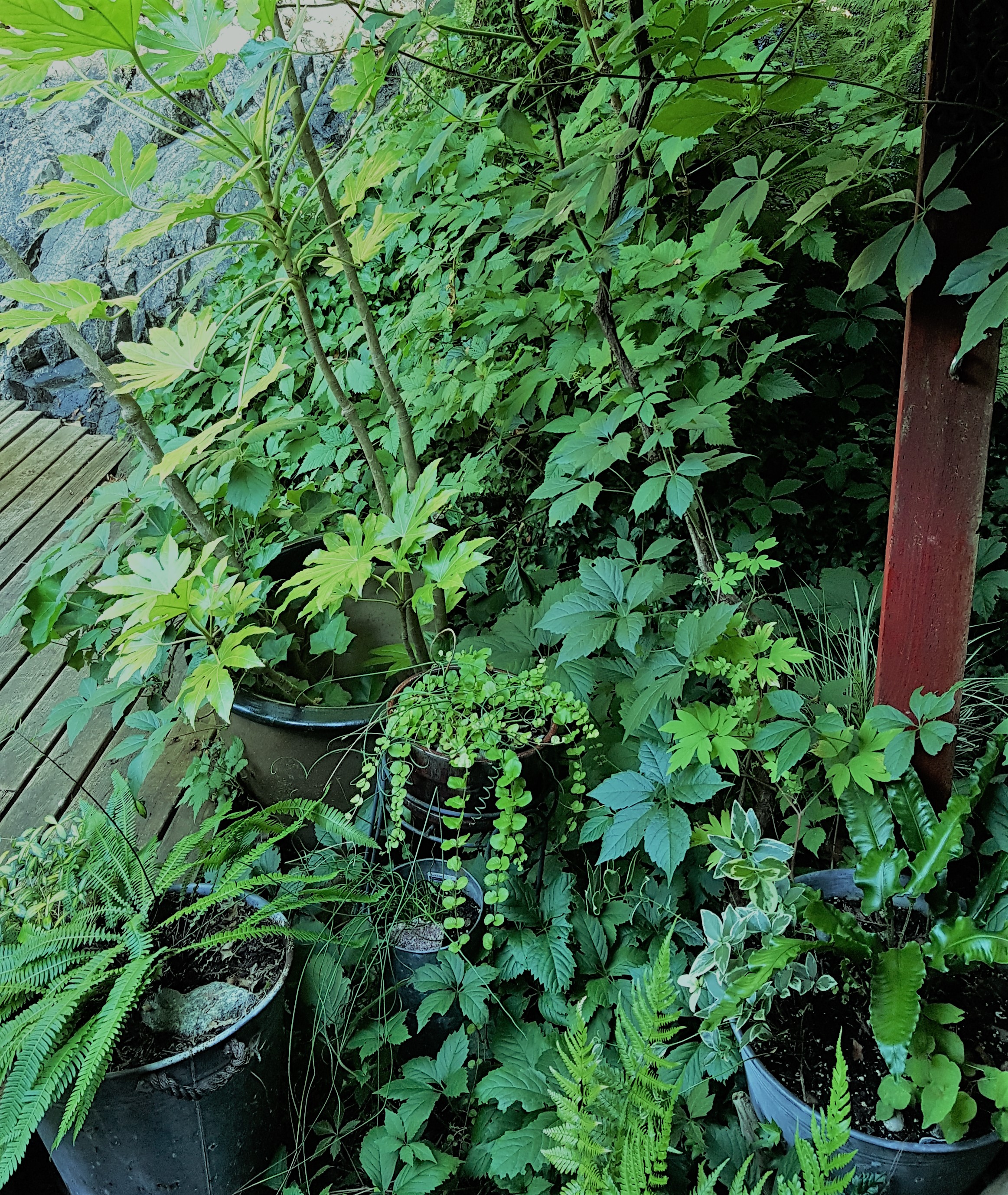The 2020 Canadian Horticultural Therapy Association (CHTA) Annual Conference and Annual General Meeting held in September was a ground breaking experience for me. I had never attended an online conference of any sort before, let alone volunteered to help stage one. When I originally offered to help out, I didn’t know what to expect. It turned out to be an incredibly positive professional development experience. Volunteering with the Conference Committee was made easier because of the competent team of volunteers assembled. Solid leadership and good communication were the seeds for productive collaboration. The result was we worked together well from the outset and when challenges arose (before and during the conference), someone was always there to help out.
Early in our planning, I realized a key way I could help out was through developing content for the conference. I instinctively went to my contacts, and I came up with a list of four possible speakers, each with something very different to offer.
First on my list was my colleague and good friend John Dube RCC. I had previously completed trainings facilitated by him and found him to be an engaging speaker. When he proposed the topic of healing trauma through nature for the conference, I knew it would be of interest to our community. I share in John’s belief that talk-therapy is not enough on its own to heal symptoms of trauma. John describes how experiencing trauma affects the whole person, with symptoms manifesting physically, mentally, emotionally, socially, and even spiritually. Facilitating a connection with nature has the ability to reach all these domains, engaging someone totally, and helping them move into the present moment. Earth is sacred and using the earth to heal makes the healing process sacred as well.

My favorite part of John’s presentation at the conference was when John explained to us how he uses a nature bowl to help calm and ground his client at the beginning of a session. A nature bowl consists of items from nature like rocks, seashells, tree cones and bark, feathers, dried herbs, sweet grass, etc. An assortment of items in the bowl invites the client to pick up and connect with an item from nature however they choose; helping to initiate a process of connection and overcome disconnection.
For two of the conference presenters, I sourced and reached out to them through Instagram, Dawnn McWatters and Anna Baker Cresswell.
Dawnn McWatters is a licensed psychologist in Portland, Oregon. She is the creator of The SAVOR Project, an educational organization that promotes mindful eating, food literacy, and therapeutic horticulture. I follow both Dawnn’s blog and her Instragram posts regularly (@thesavorproject). She was our first presenter on the first day of the conference. Both her calm voice and inviting energy, immediately had a stress reducing effect on me while I moderated for her in the background.

My favorite part of Dawnn’s presentation was the mindful eating activity. It provided an opportunity to experience eating slowed down into the moment, and through all the senses. It was an excellent activity to demonstrate the concept of “beginner’s mind”. I left her presentation reflecting upon what my personal food story was, an increased respect for the complexity of our food systems, and deeper awareness of the current inequality of access to food.
I also reached out to HighGround, a UK based organization that offers horticultural therapy as a rehab intervention to injured serving personnel. Through my Instagram connection Andy Wright (the Therapeutic Gardens Manager at Stanford Hall), I was introduced to HighGround’s Founder and Executive Director, Anna Baker Cresswall. On the third day of the conference, Anna presented on HighGround’s journey from inception to 2020, as well as what their plans for the future are. Prior to the conference, Anna and I exchanged resources. A favorite resource she shared with me is Jane’s Monthly Journal, a monthly online journal created by Jane Taylor, HighGround’s Horticultural Therapist. Anna and I continue to connect post conference.
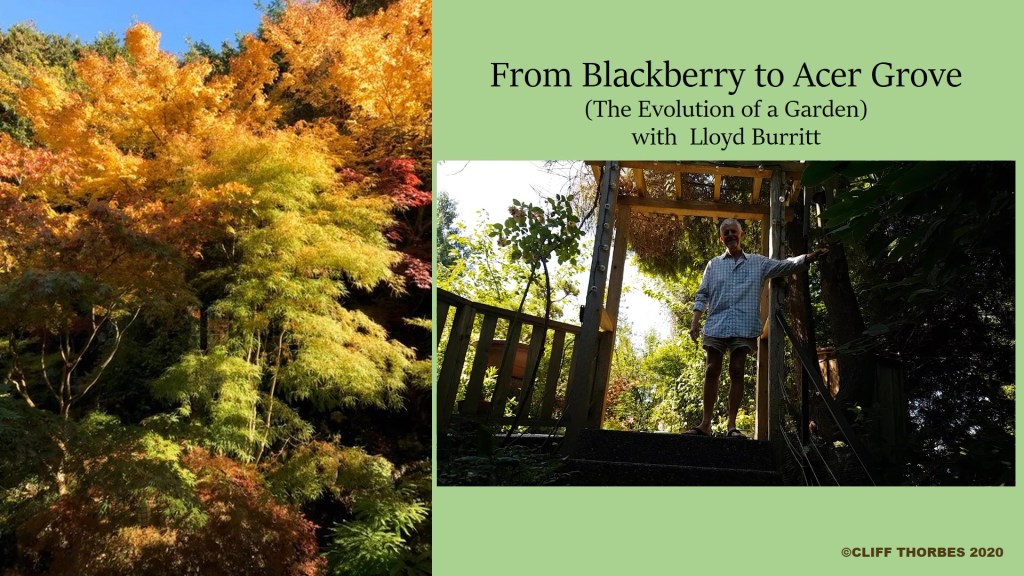
I also approached my neighbour Lloyd Burritt to present the story of his garden at our conference. Lloyd is an important elder in my life and continues to mentor me in how to live a simple life with a mindful connection to nature, serving as the foundation for promoting health and well-being. I’m very proud of our collaboration together to create Blackberry to Acer Grove (The Evolution of a Garden).
Creating this video, I discovered how much I loved facilitating the process for someone to share their connection to nature story, and then using a combination of still photography, interviewing, storytelling, quotes, and video to capture it.
Actually, there was a fifth conference presentation I was involved in; my own. I worked very hard to create it too but that’s another story for another article, and maybe even the foundation for a future CHTA education webinar or workshop.






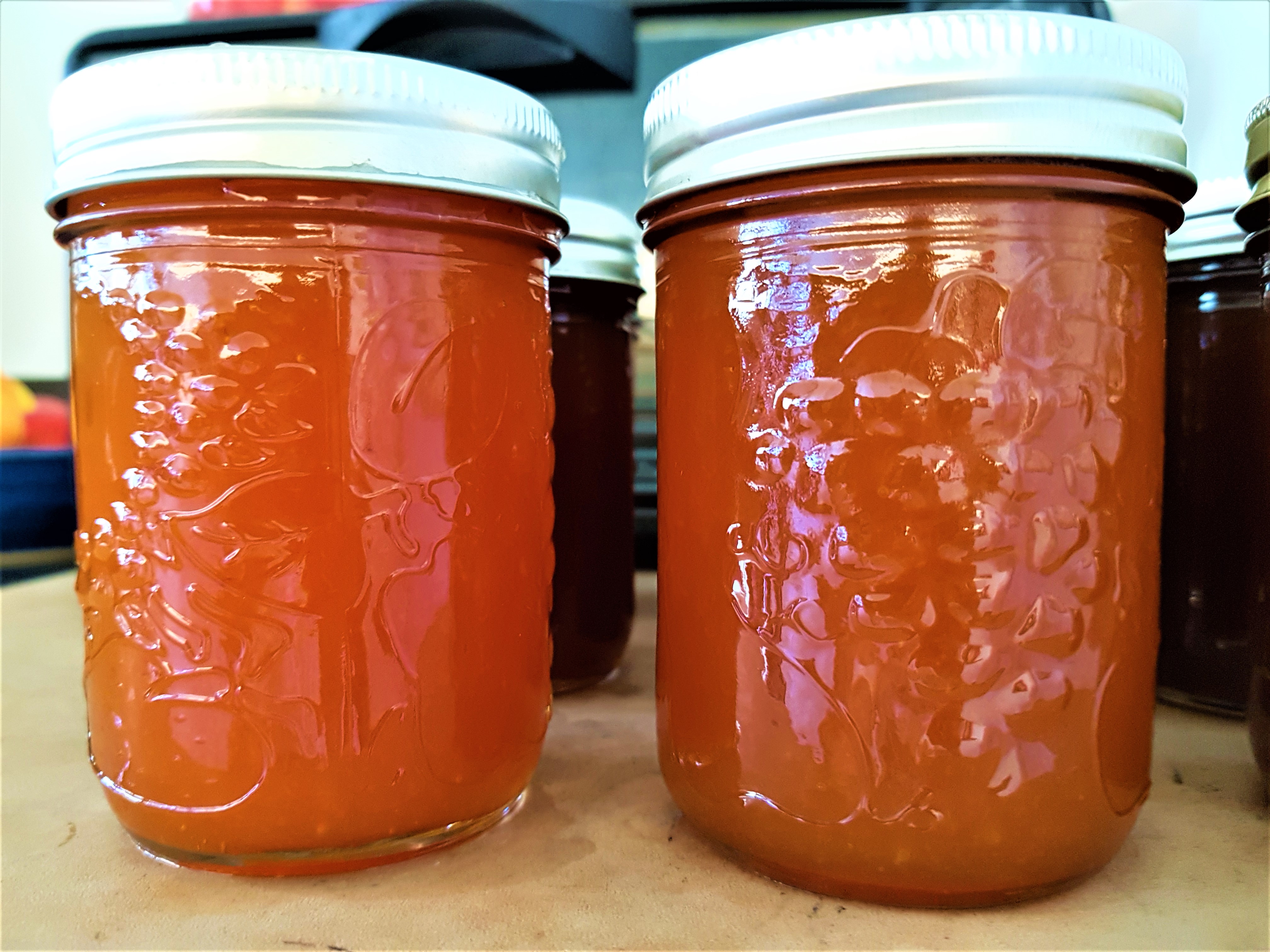




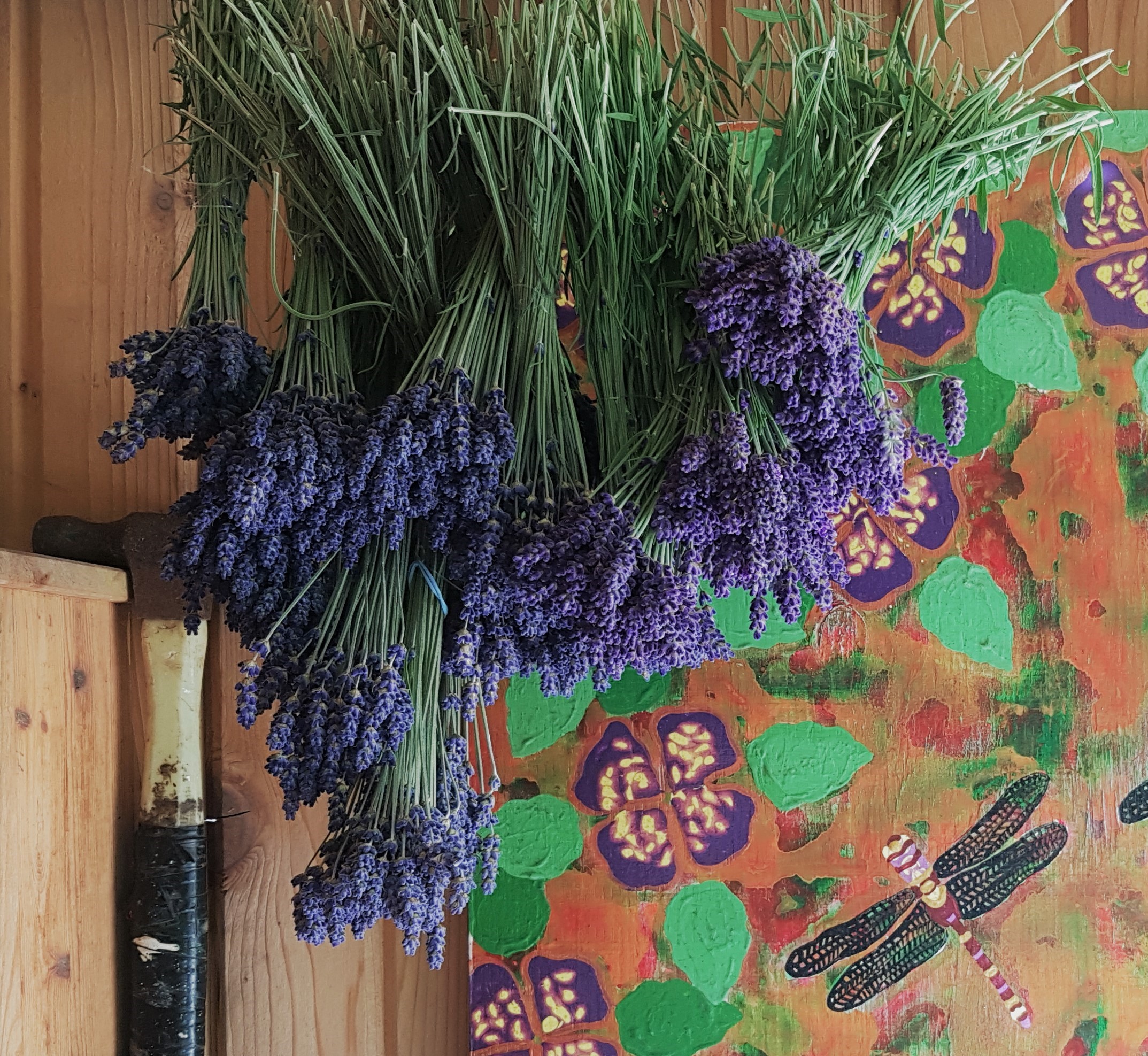
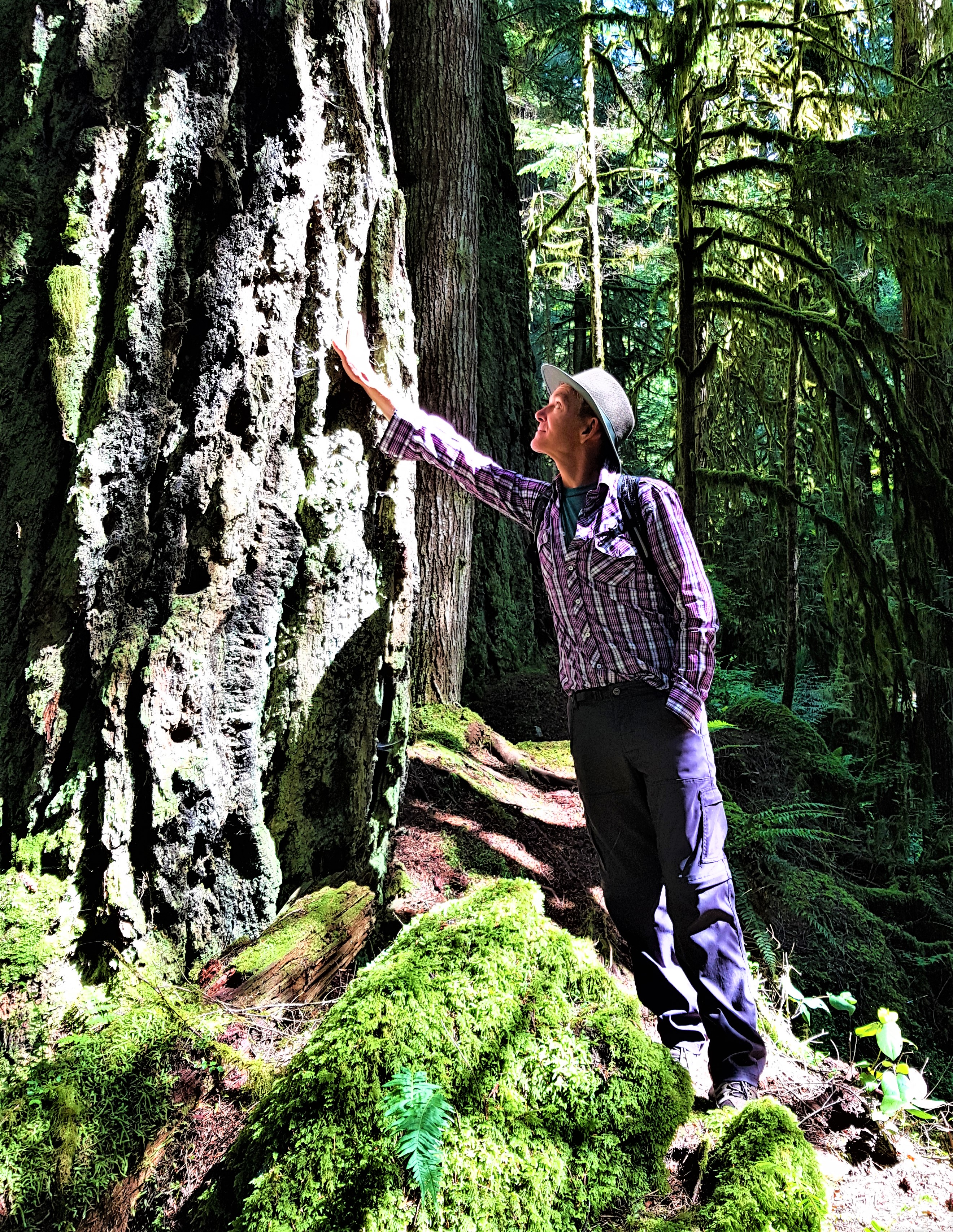
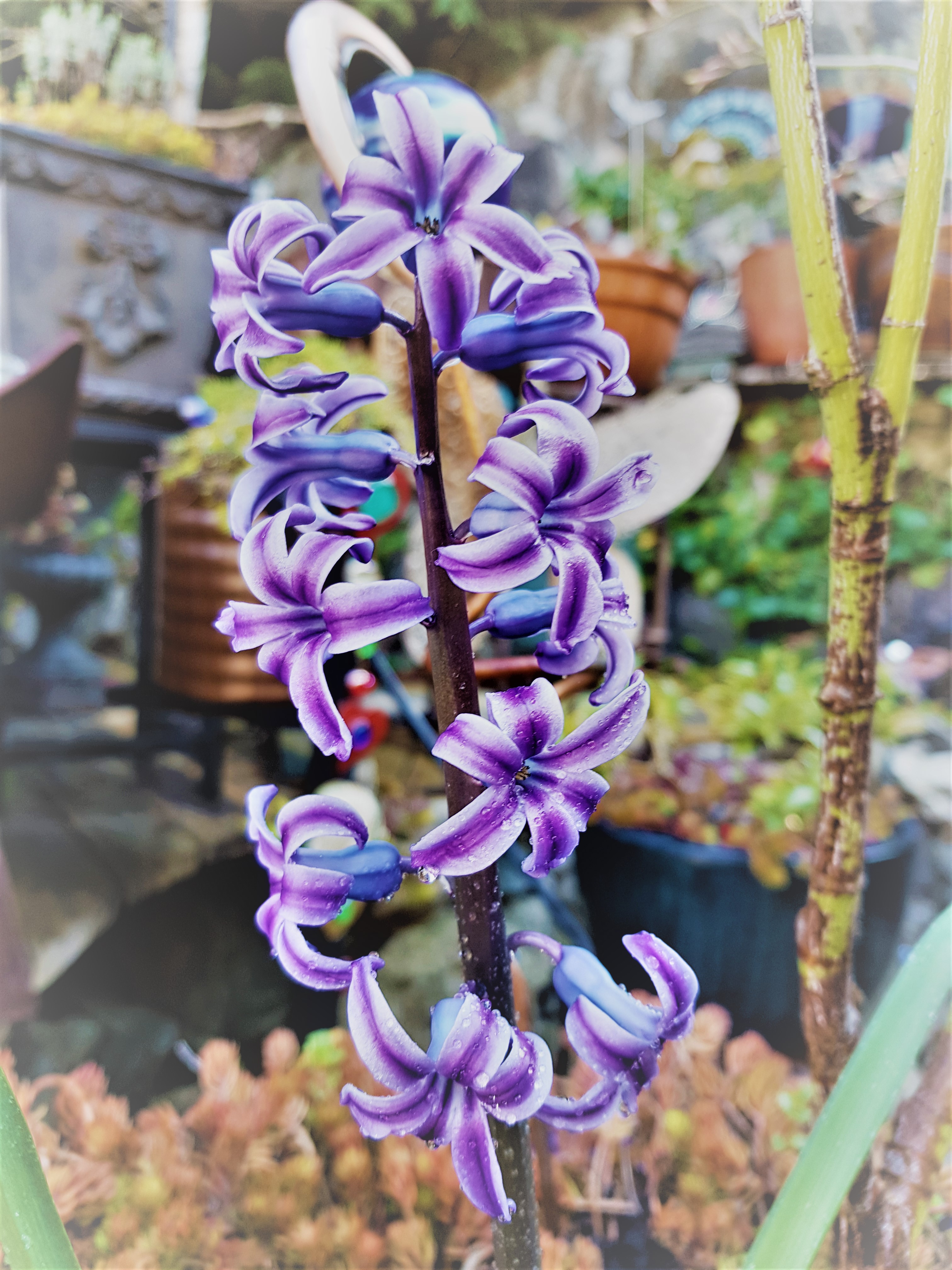


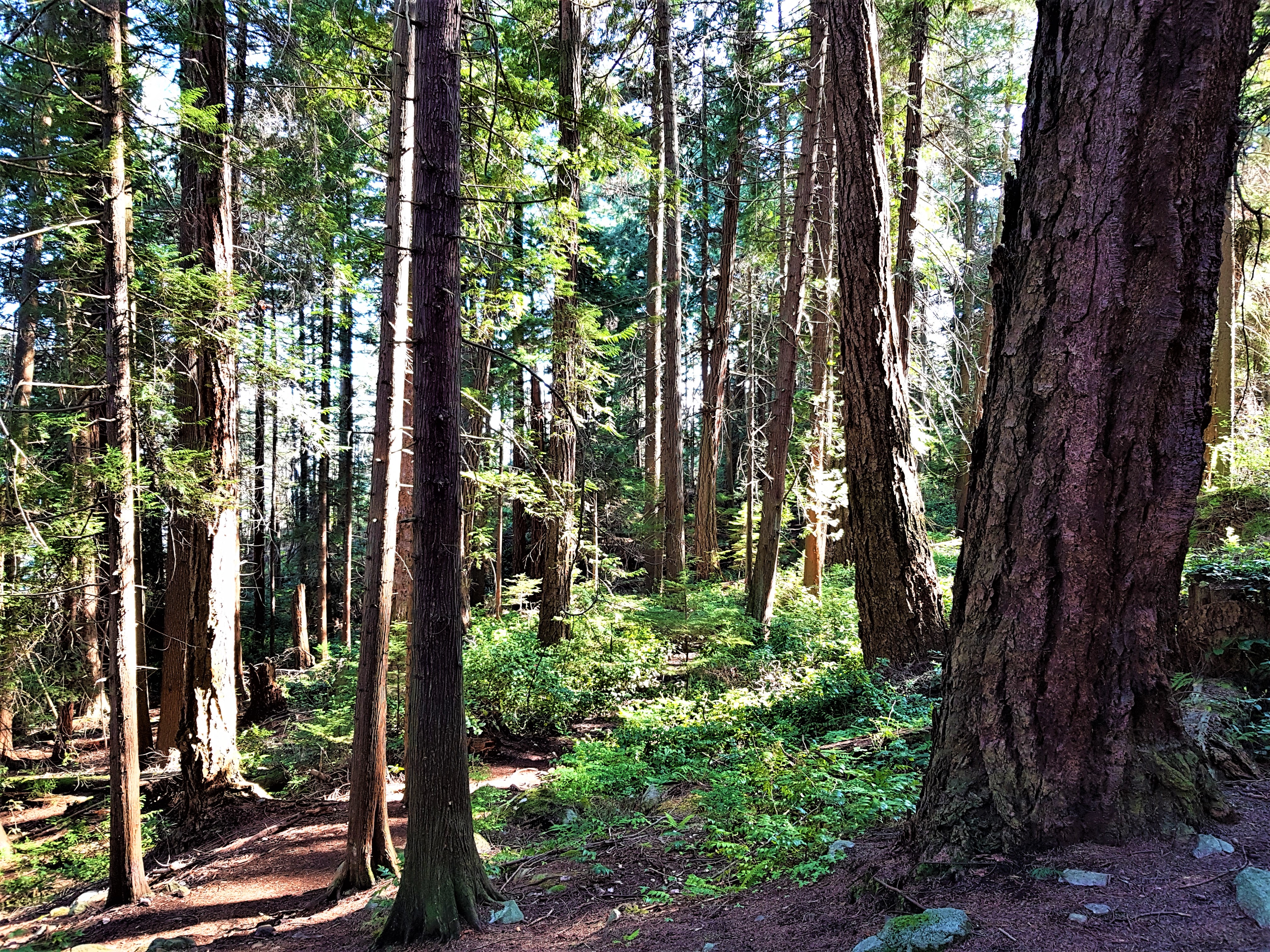
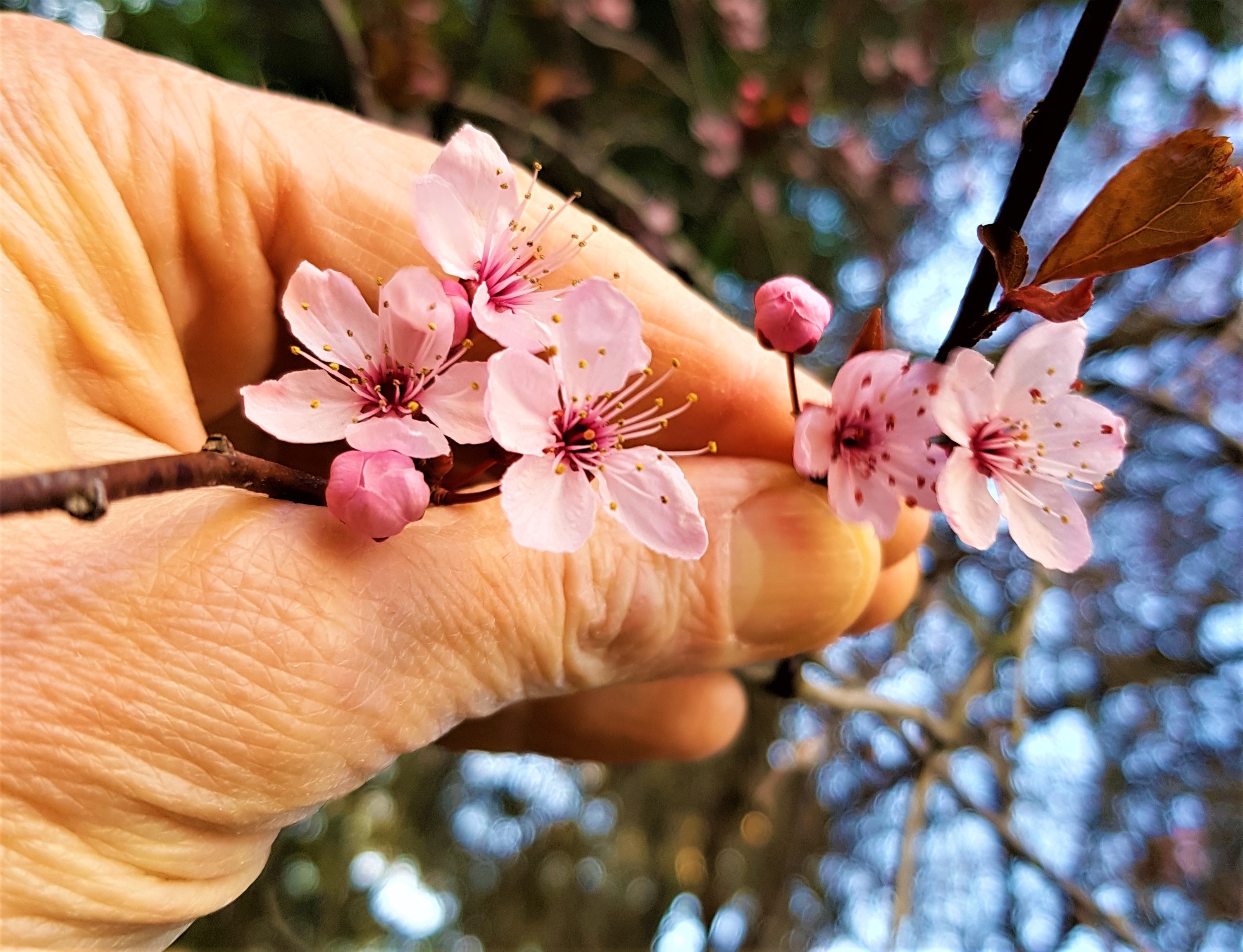 Another West Coast winter is about to conclude and Mother Nature is busy changing seasons. Spring in the Northern Hemisphere begins March 20, 2020. It’s the season that symbolizes growth, renewal, rebirth, and so much more. Leaves are budding, flowers are blooming, and birds are chattering. The weather is getting warmer, and hours of daylight will continue to increase. Seeds take root and vegetation begins to grow. Animals wake or return, often with newborns. Spring truly does bring with it a breath of fresh air, and countless examples of ongoing change around us.
Another West Coast winter is about to conclude and Mother Nature is busy changing seasons. Spring in the Northern Hemisphere begins March 20, 2020. It’s the season that symbolizes growth, renewal, rebirth, and so much more. Leaves are budding, flowers are blooming, and birds are chattering. The weather is getting warmer, and hours of daylight will continue to increase. Seeds take root and vegetation begins to grow. Animals wake or return, often with newborns. Spring truly does bring with it a breath of fresh air, and countless examples of ongoing change around us.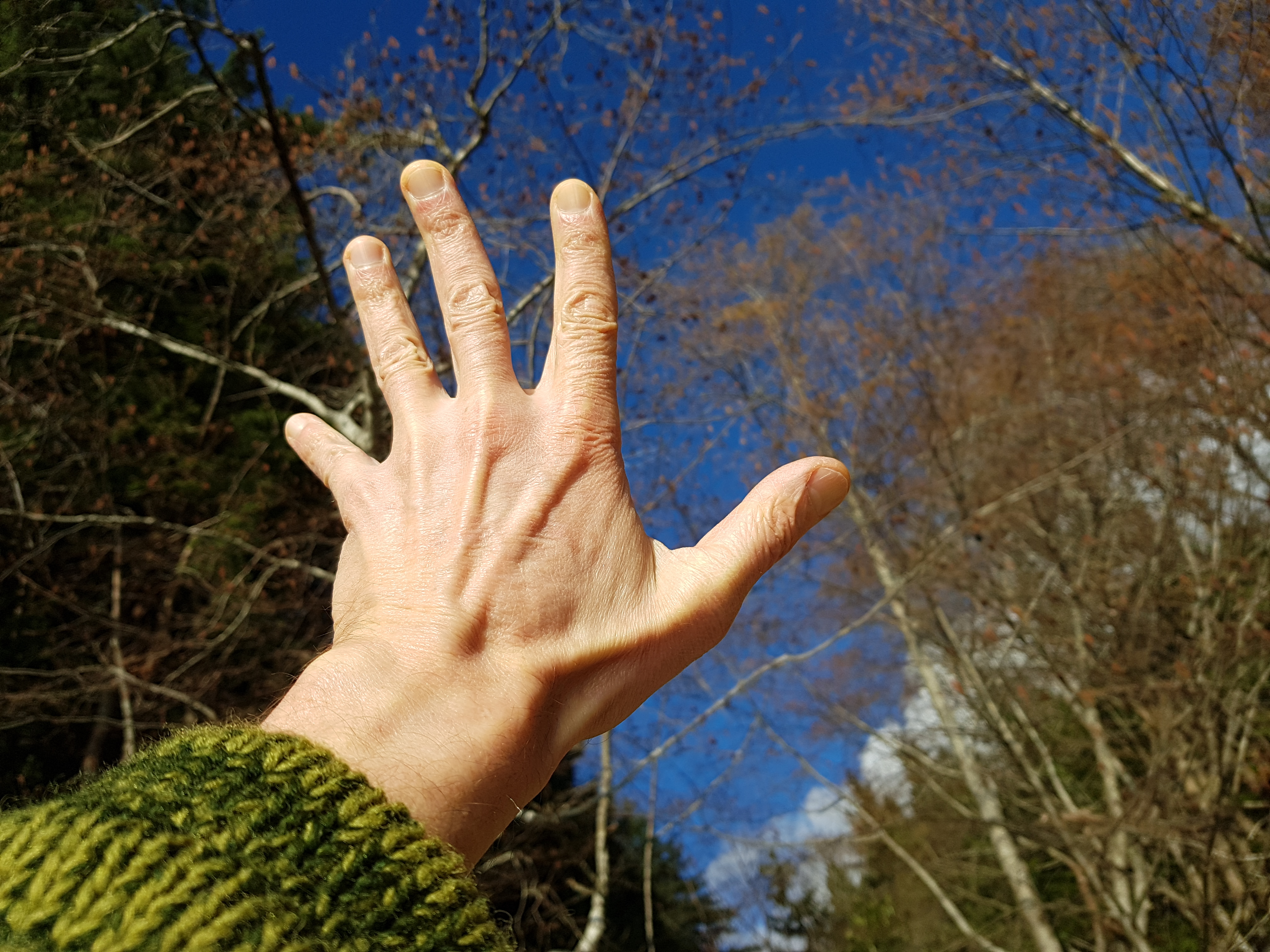
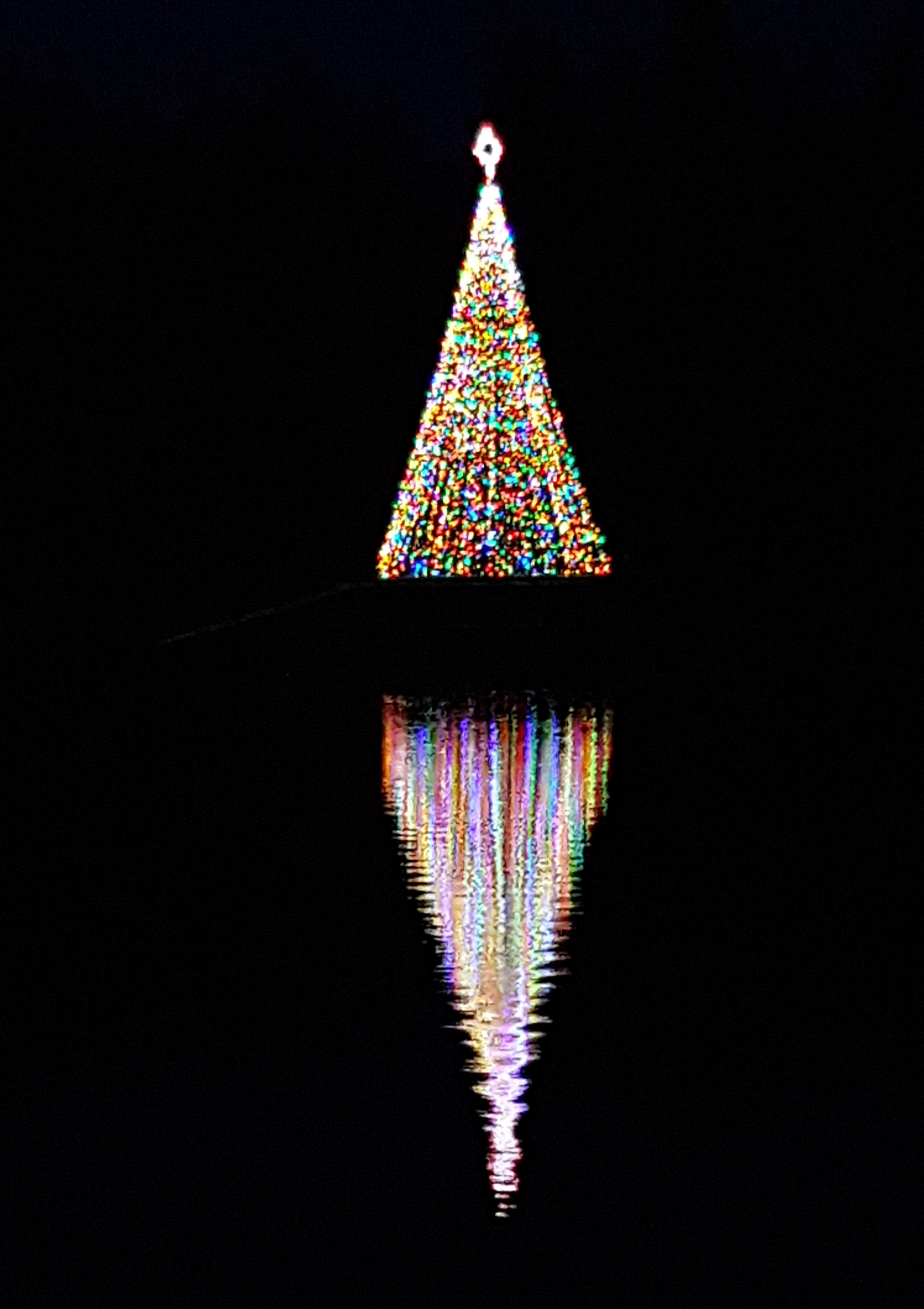 Winter solstice 2019 in the Northern Hemisphere occurs on Saturday, December 21. It’s the day with the shortest period of daylight, the longest night of the year, and the sun is at its lowest daily maximum elevation in the sky.
Winter solstice 2019 in the Northern Hemisphere occurs on Saturday, December 21. It’s the day with the shortest period of daylight, the longest night of the year, and the sun is at its lowest daily maximum elevation in the sky.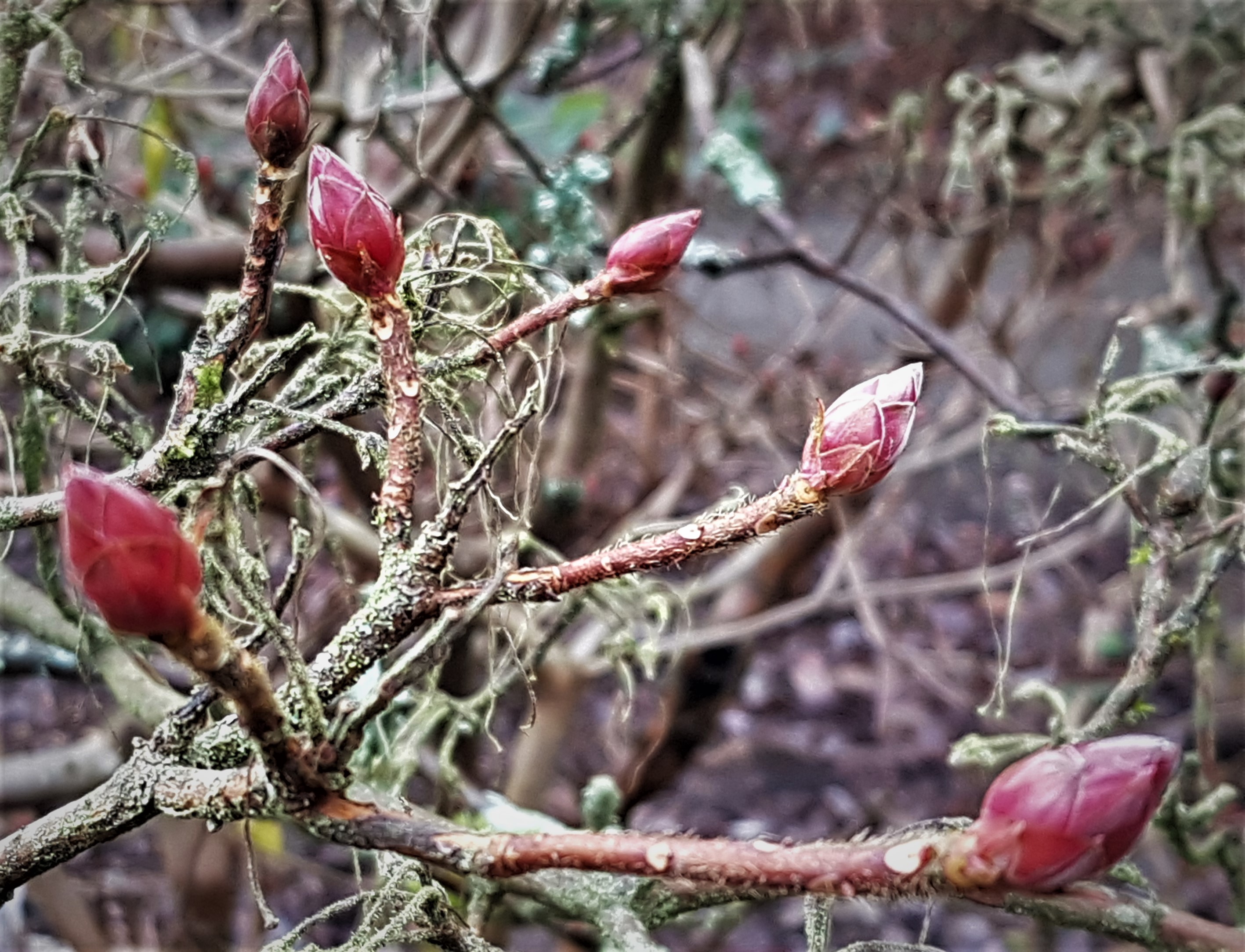
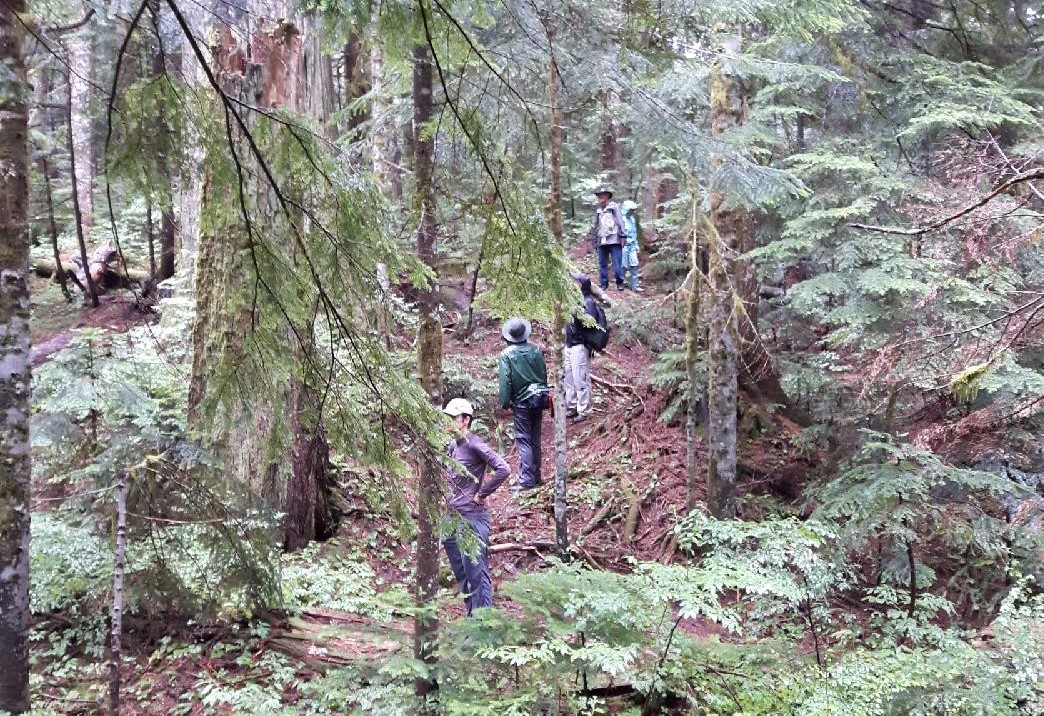

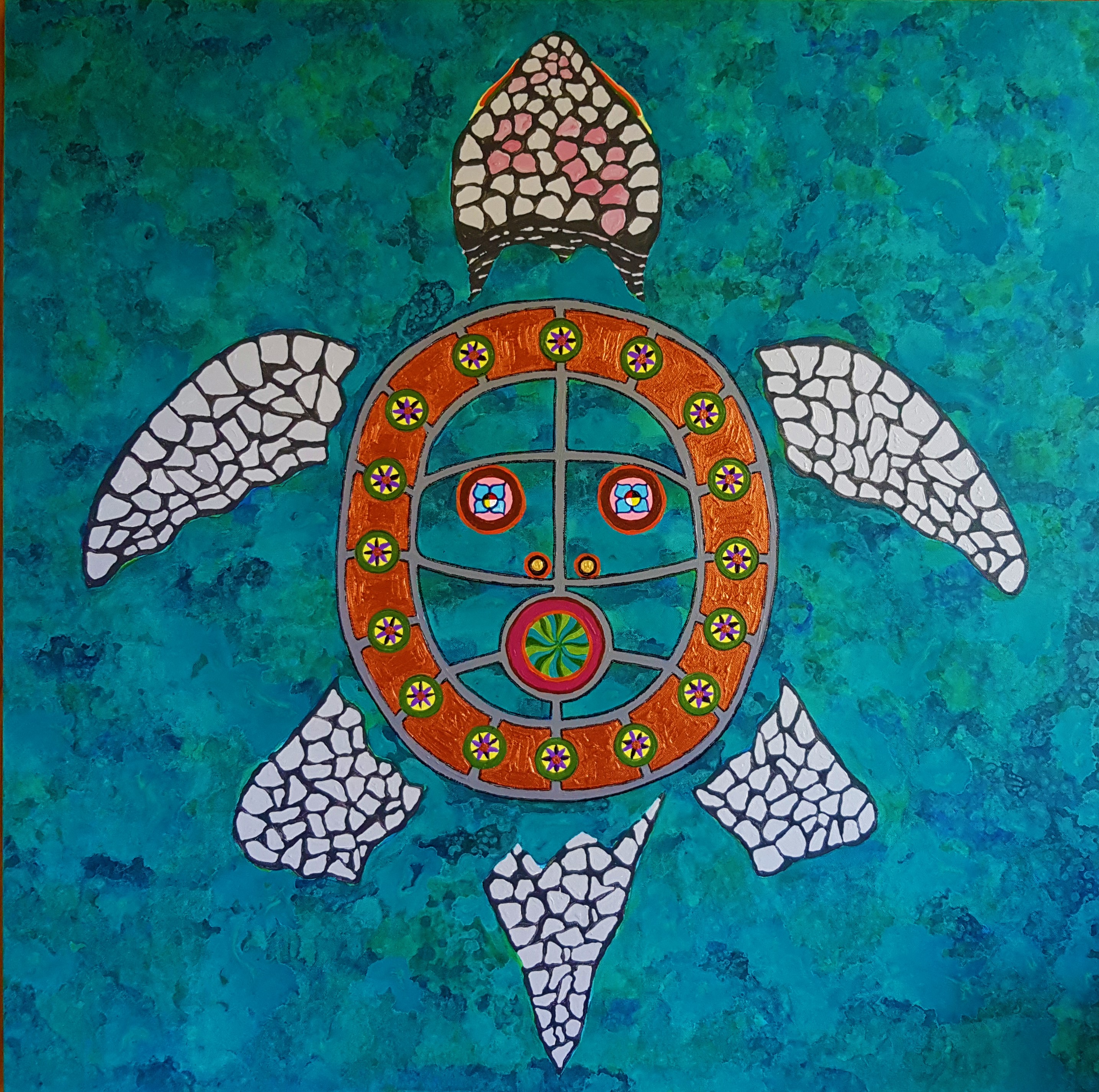

 My interests for going to Haida Gwaii included learning more about its flora and fauna as well as Haida culture. Travelling to Haida Gwaii allowed me to directly experience a land and people rich in history and tradition. I witnessed firsthand people living off the land and sea as I watched locals clam digging and crabbing on North Beach in
My interests for going to Haida Gwaii included learning more about its flora and fauna as well as Haida culture. Travelling to Haida Gwaii allowed me to directly experience a land and people rich in history and tradition. I witnessed firsthand people living off the land and sea as I watched locals clam digging and crabbing on North Beach in  Logging on Haida Gwaii has a long and checkered history. I saw firsthand examples of logging practices from years gone by that resulted in long-term destruction to the surrounding environment including fish-bearing streams and wetlands. Occasionally I came across logging equipment used years ago that had just been left there after forests had been cleared. I didn’t notice Douglas-fir trees which are plentiful here but instead forests filled with Western hemlock (Tsuga heterophylla) and Sitka spruce (Picea sitchensis). I was amazed at the number of eagles and ravens that inhabit Haida Gwaii. Not surprisingly, the two main kinship groups of the Haida Gwaii clans are Raven and Eagle. I learned to read
Logging on Haida Gwaii has a long and checkered history. I saw firsthand examples of logging practices from years gone by that resulted in long-term destruction to the surrounding environment including fish-bearing streams and wetlands. Occasionally I came across logging equipment used years ago that had just been left there after forests had been cleared. I didn’t notice Douglas-fir trees which are plentiful here but instead forests filled with Western hemlock (Tsuga heterophylla) and Sitka spruce (Picea sitchensis). I was amazed at the number of eagles and ravens that inhabit Haida Gwaii. Not surprisingly, the two main kinship groups of the Haida Gwaii clans are Raven and Eagle. I learned to read  I recommend renting a vehicle as it will allow you to more easily travel to the many Haida Gwaii communities and attractions. Our road trip consisted of overnight stays or stops to visit Sandspit, Queen Charlotte, Skidegate, Tlell, Port Clements, Masset and Old Massett. One of the most prominent examples of the change of pace on Haida Gwaii was the complete absence of traffic jams. A couple of times while travelling along the main highway that connects the small communities of Haida Gwaii we were required to come to a complete stop due to infrastructure improvements taking place. I remember looking in the rear-view mirror and feeling pleasantly surprised that after 10 minutes waiting, there were still no other cars lined up behind us. There were no crowds of people anywhere, just small gatherings.
I recommend renting a vehicle as it will allow you to more easily travel to the many Haida Gwaii communities and attractions. Our road trip consisted of overnight stays or stops to visit Sandspit, Queen Charlotte, Skidegate, Tlell, Port Clements, Masset and Old Massett. One of the most prominent examples of the change of pace on Haida Gwaii was the complete absence of traffic jams. A couple of times while travelling along the main highway that connects the small communities of Haida Gwaii we were required to come to a complete stop due to infrastructure improvements taking place. I remember looking in the rear-view mirror and feeling pleasantly surprised that after 10 minutes waiting, there were still no other cars lined up behind us. There were no crowds of people anywhere, just small gatherings. Haida Gwaii is long in history. A must see is the
Haida Gwaii is long in history. A must see is the  One of the most unusual places I encountered to grab something to eat/drink was a funky bakery operating out of an old bus hidden off the road to Tow Hill. Moon Over Naikoon Bakery certainly won over my taste buds. Their cinnamon buns were excellent. Look out for them if you’re travelling in the area. If you can’t find them or they’re not open when you’re visiting, there are plenty of other Haida Gwaii gems including
One of the most unusual places I encountered to grab something to eat/drink was a funky bakery operating out of an old bus hidden off the road to Tow Hill. Moon Over Naikoon Bakery certainly won over my taste buds. Their cinnamon buns were excellent. Look out for them if you’re travelling in the area. If you can’t find them or they’re not open when you’re visiting, there are plenty of other Haida Gwaii gems including  One of the most spiritual moments of my trip occurred during an afternoon visit to the ancient Haida village of K’uuna Llnagaay (Skedans in English) on Louise Island. K’uuna Llnagaay is outside the boundaries of
One of the most spiritual moments of my trip occurred during an afternoon visit to the ancient Haida village of K’uuna Llnagaay (Skedans in English) on Louise Island. K’uuna Llnagaay is outside the boundaries of  One final learning for me was more of a reminder how important it is to take a vacation on a regular basis. Vacations mix-up the standard routine of daily life. Life is full of stressful challenges. Work for many of us is full of daily stressful challenges, both good and bad. Going to Haida Gwaii reminded me how important it is to change gears. Experiencing Haida Gwaii was enough of a change from my usual pace to help me reenergize. I’ve been back into the urban flow of things for a couple of weeks now and I’m still feeling the benefits of my Haida Gwaii vacation. I’m rested, productive, focused, calmer and more appreciative of the natural environment around me and of our great land. So please, take your vacation this summer and thoroughly enjoy it.
One final learning for me was more of a reminder how important it is to take a vacation on a regular basis. Vacations mix-up the standard routine of daily life. Life is full of stressful challenges. Work for many of us is full of daily stressful challenges, both good and bad. Going to Haida Gwaii reminded me how important it is to change gears. Experiencing Haida Gwaii was enough of a change from my usual pace to help me reenergize. I’ve been back into the urban flow of things for a couple of weeks now and I’m still feeling the benefits of my Haida Gwaii vacation. I’m rested, productive, focused, calmer and more appreciative of the natural environment around me and of our great land. So please, take your vacation this summer and thoroughly enjoy it.